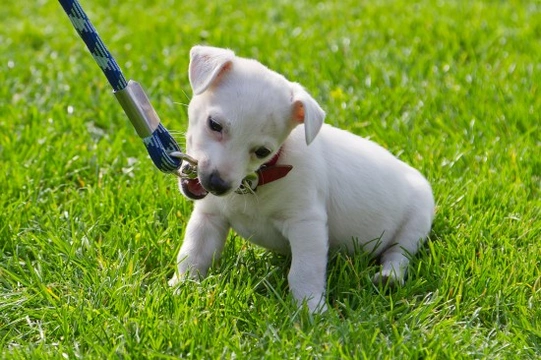
Why walking and exercising your dog enough is so important
All dogs need walking and outside exercise; this is as essential to them as food and air! However, there are vast differences in the ways that different owners exercise their dogs, how much exercise they give them and how much exercise individual dogs need; and these are things that every dog owner has to tailor to fit their own circumstances and the needs of their dogs.
Walking your dog does not only provide them with essential exercise, but many other things as well! All dog owners should see walking and exercise as a pro-active endeavour that includes them, and not just something that they enable for their dog without really getting involved themselves.
Read on to learn about all of the different ways in which walking and exercise are vital to your dog.
Exercise and health
Of course, one of the main reasons for exercising the dog is simply to provide them with exercise! If you never left the house other than for a five minute walk around the garden twice a day, the chances are that you would be neither fit nor healthy!
Exercise for your dog should incorporate lots of different elements; time spent outside, walking, running, playing and bonding with you. Physical health comes from physical fitness, which is what exercise provides. Added to this, fresh air has benefits all of its own, and dogs that spend a lot of time outside are likely to be much more healthy and less prone to minor ills than dogs that hardly ever get out.
Weight control
Exercise is of course vital to stop your dog getting fat, or not having the chance to burn off the calories that they gain from their food. Exercise should be tailored to match your dog’s physical condition, age and diet, and the exercise and diet of the dog should be constantly under review in order to keep your dog at a healthy weight. The more that your dog walks and exercises, the more treats they can have and the larger their food portions will need to be!
Socialisation
Socialisation is one of the keys to a happy, well-balanced dog, and walking and general exercise should provide this in bucket loads! When you are out with your dog you will almost invariably meet other people, giving both you and your dog the chance to socialise with people and get used to the presence of new friends, as well as spending time with other dogs.
Socialisation and good behaviour with other dogs is something that can only be learned by experience, so take every opportunity to let your dog spend time around other canines, playing freely and interacting socially with them under supervision.
Training
When you first get your dog or puppy, walks are an integral part of the training process. Your dog will need to learn to accept a collar and lead, not pull on the lead, not get underfoot, and to follow your commands. However, training doesn’t stop once your dog becomes an adult, and your walks and periods of exercise with your dog should be an ongoing endeavour of reinforcing your dog’s training, achieving their compliance with your commands and possibly, teaching them new skills.
Play and fun
Most dogs lean to recognise the word “walk” very quickly, and some smarter canines can even pick up your meaning if you try to spell it out rather than say the whole word! Then there is the excitable behaviour that most dogs display when you pick up their lead, because they know that a walk is about to follow, and dogs very much enjoy being outside and stretching their legs!
Walks and exercise should always include play time and fun for your dog, such as running around with them, playing catch or something else that your dog enjoys. Play, fun and happiness are all essential elements of walking and exercise, and lead to your dog being much happier and calmer over all the rest of the time too.
Exploring and learning
Dogs are highly inquisitive animals, and walks and time spent outside provides them with a huge range of stimulus. They get to see new sights, meet new dogs, meet new people, smell a whole range of interesting scents, and pee on lots of trees! Exploration and learning about new experiences, and exposure to new things all keep your dog’s mind active and alert, and can actually contribute to your dog keeping good brain function well into old age.
While it is of course not convenient to let your dog stop and sniff everything they come across on their walks or stop to urinate on every bush you pass, you should still ensure that they get plenty of time to do their dog thing, sniffing about, experiencing new areas, and getting to see new sights, sounds and smells where possible too.



